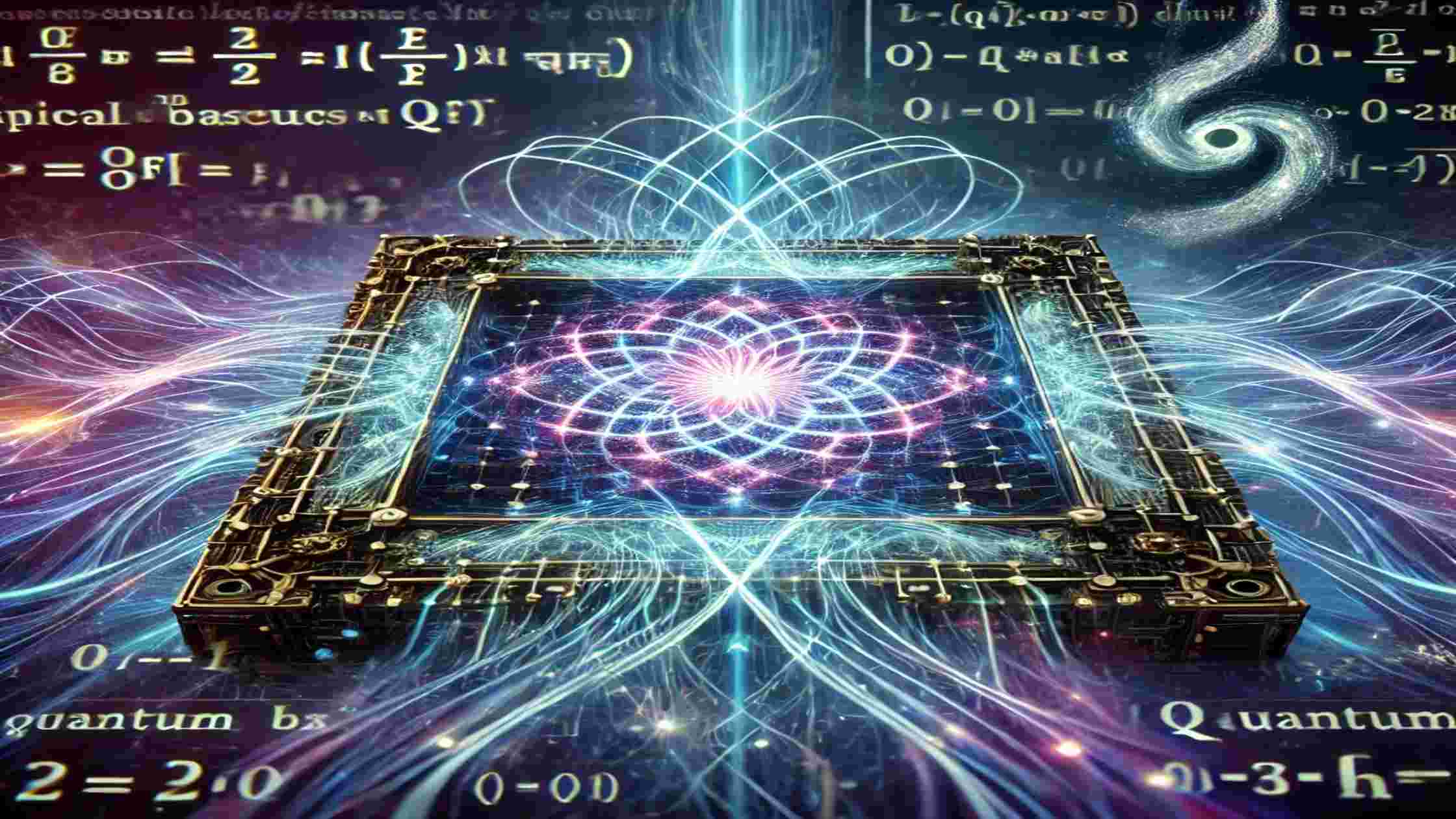Introduction:
Quantum computing is changing the way we process data radically. Among its most powerful tools, Grover’s Algorithm stands out as one of the fastest for searches through large datasets. With a major advantage over the classical approach to searching, this quantum algorithm is worthy of exploration in this blog.
We are drowning in data. By 2025, humanity will produce 463 exabytes each day quantity large enough to fill 212 million DVDs. Classical systems, constructed upon 0s and 1s, hit walls. Enter Grover’s Algorithm, a quantum trick that cuts down the search times in half. Think of it as Google on steroids.
Covered Contents
ToggleThe Problem with the Classical Search
It explodes with the usage of classical search algorithms like breadth-first, depth-first, or A* search. Increasing the size of a problem increases exponentially the number of possible states or solutions and hence can not be reasonably computationally explored all the paths that might lead to the goal in an acceptable time frame.
In a classical search problem, you are given an unsorted database of N items and have to find a specific item target or solution. If the target happens to be located at a random position, then the number of steps that the classical search algorithm might have to check all N possibilities one by one is O(N).
Grover’s algorithm has provided us with the quantum version for this search problem, which reduces the steps of operations required from O(N) to ON.
Classical Search also had its share of drawbacks:
-Memory Constraints
-It could not use any domain knowledge
-It was unable to learn
-Failed in Dynamic Environment
Enter Grover’s Algorithm: A Quantum Solution
Grover’s Algorithm is a quantum search technique. It dramatically reduces search time. Instead of a step-by-step approach, this algorithm finds its results in a time of O(√N). That means an exponential speed-up for a large dataset.
How Does Grover’s Algorithm Work?
Grover’s algorithm was designed to solve the unstructured search problem much more efficiently than classical algorithms. Grover’s Algorithm gives a quadratic speedup over the best possible classical search algorithms, which is quite a big deal in certain kinds of problems.
Grover’s Algorithm uses quantum mechanics to speed up the search. It relies on superposition and amplitude amplification. Let’s break it down.
Step 1: Superposition
A quantum computer begins in a superposition. So, it tests all possible answers simultaneously. A classical computer tests one solution at a time.
Step 2: Oracle Function
A “black box” that correctly labels the answer. Oracle correctly labels the answer. It changes the phase of the correct answer. Now, the algorithm amplifies the probability of this correct answer.
Step 3: Amplitude Amplification
By repeating Grover’s iteration, the correct answer becomes more probable. After about (ON) iterations, the right solution stands out. Measuring the quantum state reveals the answer.
Example:
Let’s say you’re trying to find a specific number among 16 possibilities (so N=16N = 16N=16). A classical search might take up to 16 checks, but Grover’s algorithm would only need about 4 iterations (since: 16=4)to find the correct one with high probability.
Why is Grover’s algorithm useful?
The best way to describe the goal of Grover’s algorithm is often as “searching a database”, but in fact, it’s more like “function inversion”. Loosely speaking, given a function y=f(x) that we can evaluate on a quantum computer, Grover’s algorithm lets us compute x given y. The inverse of a function is relevant to the database search since we can develop a function that returns a certain y value if the value of x corresponds to a specified entry in a database and another y value if the x is not as desired
Grover’s Algorithm has various applications. This algorithm accelerates database searches, password cracking, and optimization problems. Let us discuss the influence of the algorithm.
Faster Searching in Large Datasets
Grover’s Algorithm is highly useful in big data. The time to search through big datasets is improved exponentially. It is used in AI, cyber security, and finance.
Hash Cryptography Cracking:
Grover’s Algorithm can crack hashes. For example, it halves the security of SHA-256. This goes against modern cryptos.
Optimization Problems:
Real-world problems mostly deal with optimization. Grover’s Algorithm speeds up logistics, scheduling, and machine learning.
Challenges and Limitations
Grover’s Algorithm is powerful but comes with challenges.
Quantum Hardware Limitations
Quantum computers are still under development. They do not possess the stability required for large-scale implementation of Grover’s Algorithm.
Quantum Error Correction
Quantum systems are prone to errors. Noise and decoherence affect accuracy. Researchers are working on quantum error correction to make them reliable.
Practical Applications Still Limited
Grover’s Algorithm works best for unstructured searches. It does not outperform classical algorithms in well-structured data retrieval.
Conclusion
Grover’s Algorithm isn’t science fiction. It’s a preview of a future where data bends to our will. Quantum computing won’t replace classical but supercharge it.
Grover’s Algorithm is one of the game changers for quantum computing. It speeds up data search and optimization by an enormous factor. Though the applications are yet to emerge in real life, it has huge potential. The quantum hardware advancements are going to take Grover’s Algorithm to greater heights. Computing is quantum; Grover’s Algorithm is setting the way for it.




One thought on “Grover’s Algorithm: The Fastest Route for Data Processing”